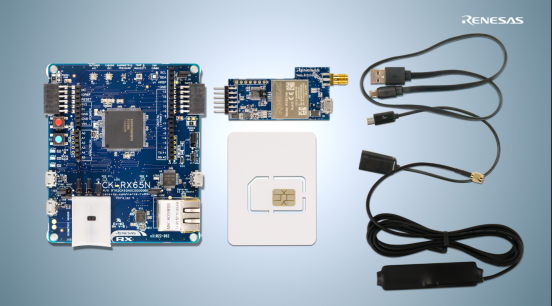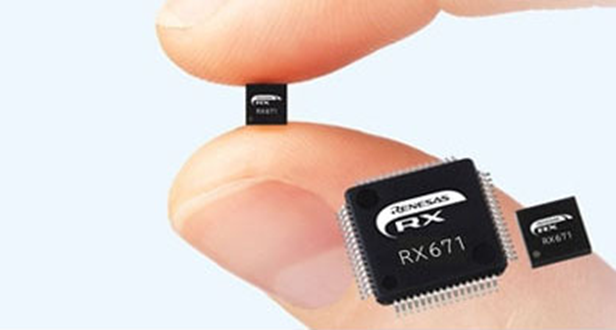Design IoT Application (Cellular) Easier Than Ever With RX MCU - Part 1
The term “IoT” (Internet of Things) has been spreading over the world, and in the past few years, it has shown signs of becoming widely adopted. Part of it is due to the efforts to implement cellular connectivity in MCU-base (100MHz operating frequency class) systems that connect directly to the cloud system such as Amazon Web Service (AWS) and Azure (i.e. end users do not need to prepare wireless repeaters separately). At Renesas, we collaborate with Sequans, a cellular module provider, to offer IoT solutions combining Renesas MCUs and Sequans cellular modules.
https://www.renesas.com/about/press-room/renesas-and-sequans-collaborate-5g4g-cellular-iot
When we talk about IoT, many people might think of a system with MPU-class (over-300MHz operating frequency) that can incorporate Linux like Raspberry Pi. However, the market demands IoT systems that are smaller in size, lower in power consumption, and less expensive, which is why cloud connectivity in MCU-class products is preferred.
Regarding hardware configuration, small-sized, low-power, and low-cost IoT applications can be realized by an MCU and a module for cellular connectivity. The challenge is in the software. While cellular modules are shipped pre-programmed, users have to develop software for the MCU. So, users usually face the following challenges.
- How to implement protocols (MQTT, TLS, TCP/IP, etc.) to connect to cloud services such as AWS and Azure.
- How to properly recover a cellular module when it fails due to abnormal operations resulting from a poor communication environment, etc.
Regarding the first challenge, we have been working with AWS and Microsoft to jointly develop the software structure to control the most suitable cellular modules for FreeRTOS, provided by AWS, and Azure RTOS, provided by Microsoft. The software is constantly optimized by keeping up with the latest OS versions and applying security patches provided by AWS and Microsoft.
Regarding the second challenge, Renesas regularly discusses it with Sequans and our users, providing guidance on the recovery in coordination with the first challenge. We also conduct demonstration tests on various cases (change of radio wave intensity, drastic handoff, etc.) to improve the software quality.
The software that has resolved the above challenges is released on GitHub. It can also be imported to our IDE e2 studio as a new, auto-generated project (which acts as a baseline for users’ systems), and allow users to focus on the application development.
GitHub:
FreeRTOS: https://github.com/renesas/amazon-freertos
Azure RTOS: https://github.com/renesas/azure-rtos
Please refer to our previous blogs for building environments
FreeRTOS: https://www.renesas.com/blogs/rx-family-software-past-and-future-3
Azure RTOS: https://www.renesas.com/blogs/rx-family-software-past-and-future-4
In addition, we develop an MCU board named CK-RX65N to confirm the operation of this software,

Using this MCU board, users can focus solely on application development without struggling with the aforementioned challenges.
Renesas is expanding its IoT domain to the MCU-based system through joint development with strong partners such as Sequans, AWS, and Microsoft. When I joined Renesas in 2003, the first system that we developed collaborating with a customer (a home appliance manufacturer) was to connect a cellular module of NTT DoCoMo to 20MHz-operating R8C and implement Internet connectivity to a home appliance. Considering this, we could say that MCU-based IoT has existed for a long time. In those days, all of the software was self-made. Nowadays, AWS and Microsoft are providing Operating Systems (OSs) for MCUs, which are compatible with cloud connectivity and include continuous vulnerability countermeasures. The trend of IoT has changed ever since.
As CK-RX65N is a general-purpose evaluation board, you might think it is bulky. However, you can select the RX MCU of the fingertip-sized package for end products.

It supports an “ultra-small OS with internet features” developed by AWS or Microsoft. As of now, a Sequans cellular module and a SIM card are required separately from the RX MCU, but who knows, they might be integrated as a part of an MCU in such a size in the future. I hope we could complete a fingertip-sized “ultra-small system with a wireless internet connection” like this image in the next few years or so.
